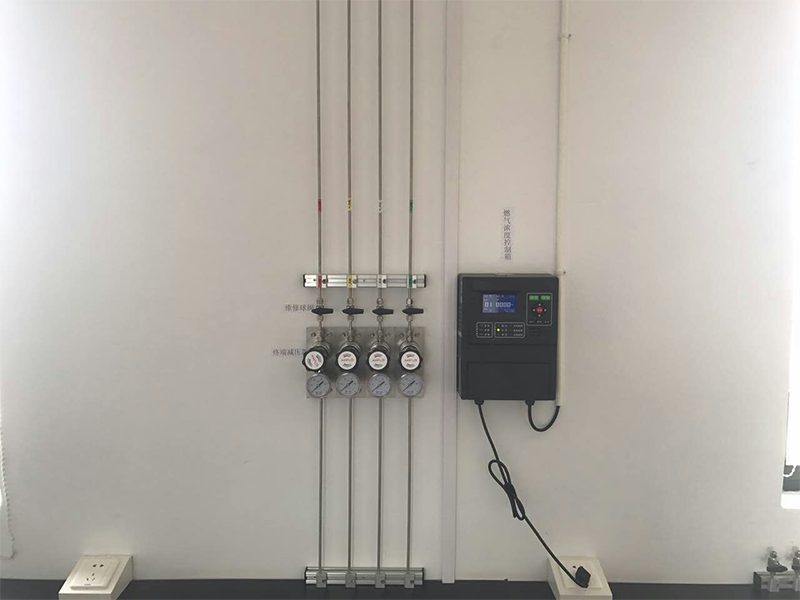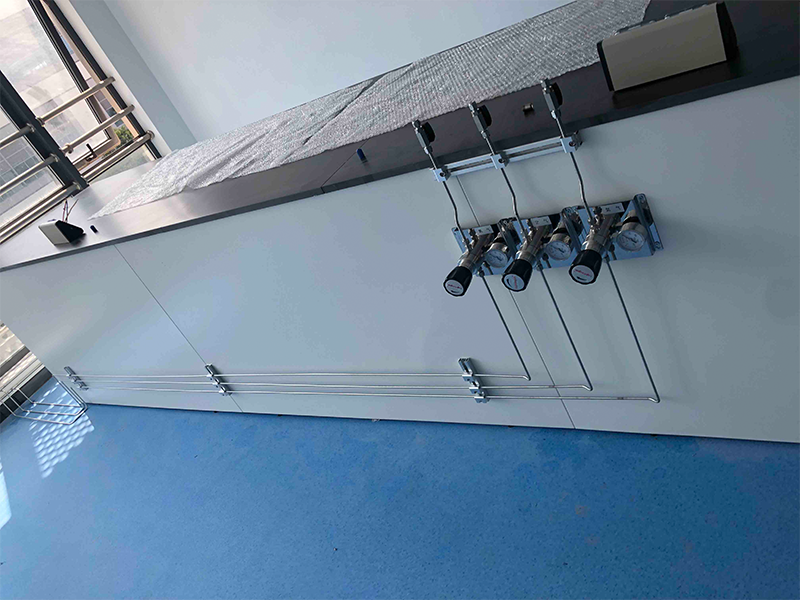Alright, let’s talk gas pipes. Not exactly cocktail party conversation, but hey, if you’re running a lab, this stuff’s the difference between smooth sailing and a possible “oops, we blew a hole in the wall.” First off, picking what your pipes are made of is a bigger deal than most folks think.
Stainless steel? That’s the gold standard. Tough as nails, doesn’t rust, laughs in the face of nasty chemicals, and hangs in there for years. If you’re dealing with high pressure or wild, aggressive gases, stainless is basically your best buddy. Just be ready to cough up a bit more cash.

Copper’s another classic choice—way easier on your wallet and a breeze to install. The catch? Some chemicals eat copper for breakfast. If your lab’s got those, you’ll need extra coatings or you’ll be crawling under benches for constant checkups.
Now, polymers—think PTFE or PFA—are the lightweights of the bunch. They’re super chill with most chemicals and easy to move around. Downside? They can’t take as much heat or pressure as metal pipes. So, yeah, they’re not for every situation.
Honestly, most disasters happen because someone got lazy about maintenance. Gotta keep your eyes (and nose) open: check those joints and valves for leaks, run pressure tests, and slap a detector in there just in case. If you hear hissing, smell something funky, or the gauges start acting drunk, don’t just shrug—do something.

And if things go sideways—like, gas leak sideways—don’t play the hero. Kill the gas at the source, get everyone out, air the place out, and call in the pros. Manuals should be more than dusty doorstops, and safety gear should be where you can actually find it, not buried under expired reagents. Oh, and drills? Yeah, actually do those.
Bottom line: pick your pipe based on what you’re running through it and what your lab’s like. Stay on top of maintenance. Don’t skip the safety steps. That’s how you keep the whole operation running smooth, save money, and keep everyone out of the ER. Pretty simple, right?


